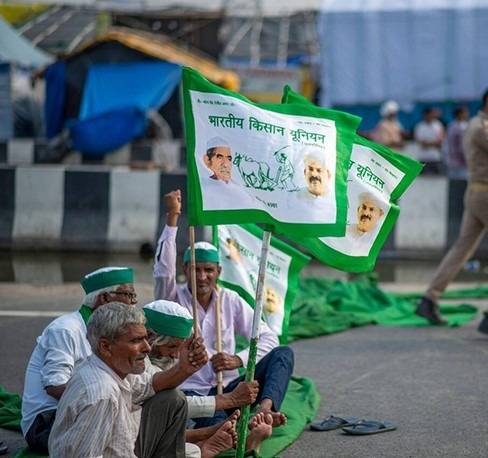
Robespierre: The Man Who Divides Us the Most (Princeton University Press) by Marcel Gauchet, translated by Malcolm DeBevoise
In his personality and appearance, Maximilien de Robespierre was never a brute. Barely into his thirties when he became the French Revolution’s leading crusader, he was much too thin and pale, much too feline in his posture, to count amongst history’s ogres. How, then, can we explain his metamorphosis from champion of virtue to undisputed master of the guillotine? It is this crucial contradiction that Marcel Gauchet, a leading French liberal intellectual, has skilfully explored in his terse and thorough work Robespierre: The Man Who Divides Us the Most.
Between the joining of the Estates General in 1789 and the execution of Louis XVI in 1793, Robespierre represented the very best of the Revolution. With his leatherbound Rousseau clutched to his breast, he was the figure in whom the mantra of “liberty, equality and fraternity” was purest. What he lacked in charisma he made up for in conviction. At the core of his being was a vision of the masses – le peuple – idyllic and good; the font of the Revolution’s legitimacy, and its greatest dreams.
It was this view of a mythic and united people which gave Robespierre strength, Gauchet observes, but it also divorced him from reality. No such people existed. Instead, a gulf separated the pious peasants of the countryside and the insurrectionary squadrons of the Paris quarters. And a firm sense of reality was desperately needed when multiple crises reached their apex in 1793 and those virtuous people could no longer afford bread. All of Europe declared war on France. Counterrevolution scorched the fields. Above all, the king had been beheaded. In Louis’ wake, there was a crisis of legitimacy.
Robespierre, the consummate man of theory, suddenly had to wield real power. As the architects of a new republic, his Montagnard faction ought to have faced the conundrum succinctly phrased by Gauchet: “How could the power of popular sovereignty be firmly established, firmly enough that the power of the king would be forgotten?” Instead, under assault on multiple fronts, Robespierre abandoned every principle that had won him admiration. He plunged into what Gauchet calls “the tempestuous seas of radicalism without any shore on the horizon”.
Robespierre’s faith in himself as the spokesman for France’s sacred masses became intertwined with his tendency to see treachery everywhere. If the people were the source of all virtue and he was their anointed tribune, then anyone perceived to be standing in the way during a national emergency deserved to die.
Thus, the Committee of Public Safety was established and the year-long bloodlust now known as the Great Terror ensued. Even then, Robespierre’s “despotism” was peculiar. Gauchet notes that, historically speaking, Robespierre was the only figure “who succeeded in objectively exercising a kind of dictatorship without subjectively putting himself in the position of a dictator.” Not that his enemies cared for such trivia. It was Robespierre and a clutch of devotees alone – not the Committee – who went to the gallows the morning after they were ousted in the coup of Thermidor.
Where he fails is in his conclusions. He believes we can now transcend the 200-year-old argument: on the one hand, Robespierre as the incorruptible man of rights; on the other, the advocate of sacred and necessary terror. But his plea to move beyond these competing images is founded on a false hope: that the principles of “liberty and equality . . . have been firmly established.”
Not so fast, professeur. Gauchet’s fault, like Robespierre’s, is to believe there is an end point, when the inherent truth of liberty and justice has defeated all challengers. In fact, the debate about Robespierre’s character and legacy is still worth having today precisely because it reveals and reaffirms those first principles – and our commitment to them should always be made anew, especially in moments of crisis. That, after all, is what Robespierre failed to do.
This piece is from the New Humanist autumn 2022 edition. Subscribe here.

